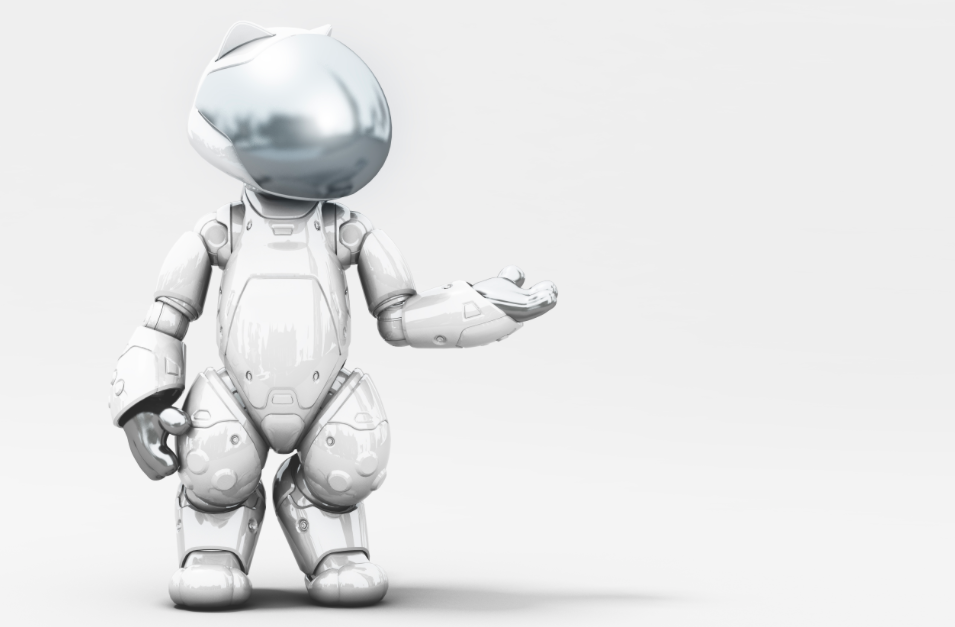Digital marketing is a must for any business hoping to grow significantly over the next decade. It’s also one of the fastest-moving areas in marketing, which means that companies who want to compete in the digital sphere have to keep a close eye on new trends.
Technology replaces itself at an alarming rate, and this is only going to get more pronounced as updates and new releases are developed faster and faster. A few years ago, your business might have been considered up to speed just for having a website. Today though, you’ll find yourself well behind the curve unless you’re embraced several key tools for digital marketing—not the least of which is artificial intelligence (AI).
Artificial Intelligence is quickly becoming one of the hottest topics in the marketing world because it provides previously unheard of opportunities for sales, service, customer acquisition, and retention. The most common form of AI found in digital marketing, of course, is the chatbot—an AI configured to interact with potential customers via apps like Facebook Messenger and company websites.
Most chatbots are designed to answer questions about a company and its products, deliver technical support, and guide visitors towards a purchase. Certain chatbots also attract attention by telling jokes, playing games, and engaging in other behavior not directly related to the business it represents. This behavior often prolongs customer interactions, increasing both the likelihood of a purchase and of a repeat visit in the future.
With an estimated 10,000 companies developing their own chatbots as of last year, it’s important for new businesses to embrace them now and avoid playing catch up later. If you’re considering a chatbot for your startup (and you should be), you’ll want to learn a bit more about some of the industry’s best examples, and how you can create the bot that will benefit your business most.
Machine learning
One of the most important developments in AI for digital marketing is the advent of Machine Learning. Machine Learning is essentially the science of making computers behave without being specifically programmed to do so. There are two predominant Machine Learning models for chatbots: retrieval-based and generative.
Retrieval-based vs. generative: pros and cons
Retrieval-based models draw upon a database of pre-defined responses to interact with users, based on the context and content of their queries. This is generally considered an easier approach for developing a chatbot than going with a generative model, which designs its own responses on the spot.
Because their responses are pre-programmed, retrieval-based models don’t make grammar errors or report incorrect information. Crucially though, they also don’t improvise. This makes retrieval-based models more reliable for simple queries, but unfit for handling unusual or unforeseen situations. Generative models, on the other hand, can often deal with specific and uncommon problems. The catch is that they require massive amounts of data to do so.
If you’re trying to develop a chatbot for social media, generative models may be more useful to you—since many social media platforms that support chatbots allow you to gain large amounts of data about your users. This can allow your bot to draw on a user’s personal information and provide personalized service.
One simple example is the Sephora bot, which has users fill out a brief quiz via the Kik messaging app so that it can provide them with tailored advice. Uber’s bot also uses location data to provide its customers with individual status updates. Still, retrieval-based models are simpler to develop, and they still have their uses—at least for now.
In any case, there’s no reason not to look into developing a chatbot for your business. Keep your eyes on this important technology, as new trends are bound to impact the way AI affects digital marketers around the world.



